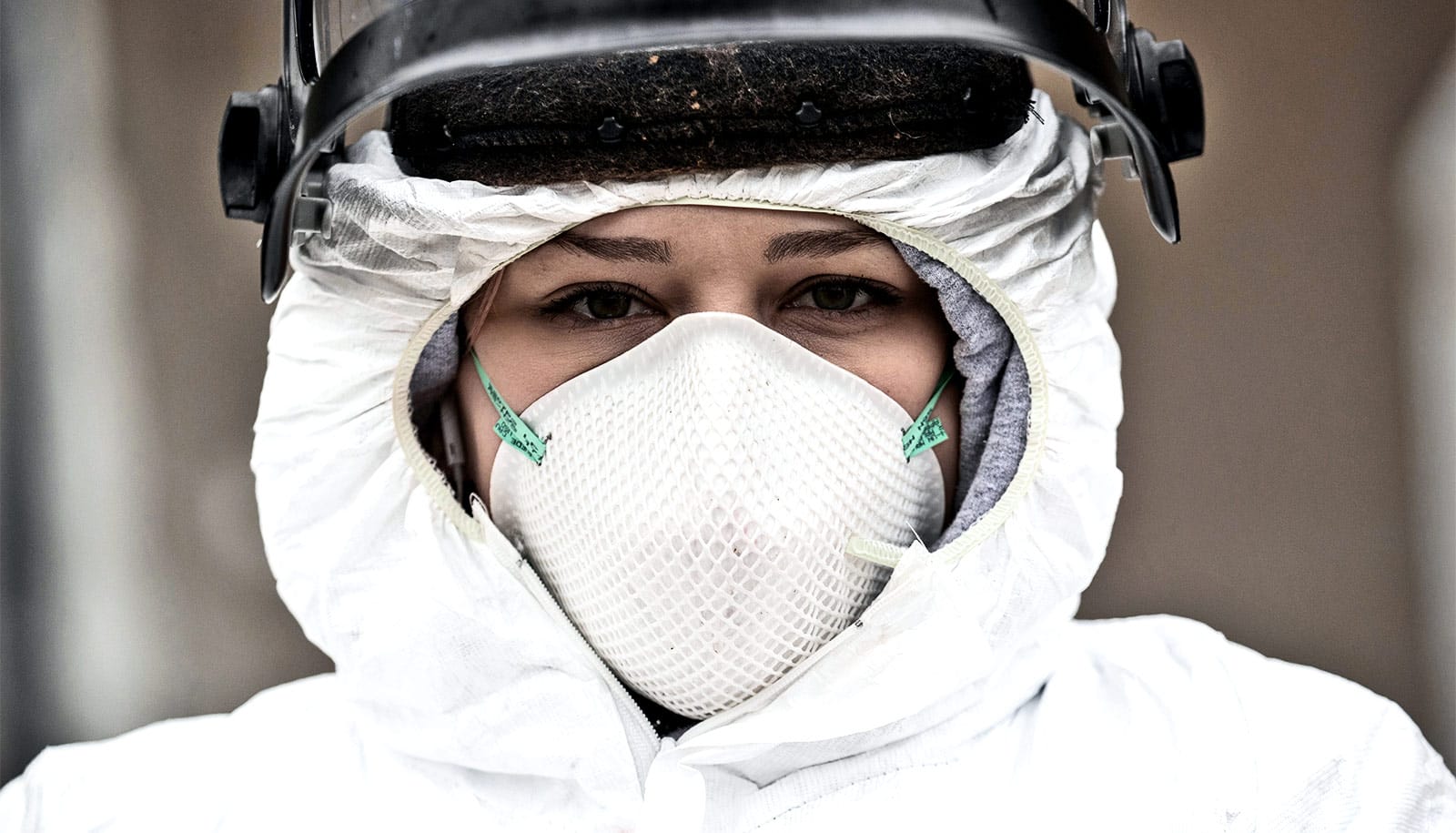Establishing minimum nurse-to-patient staffing ratios in hospitals can save lives, prevent readmissions, shorten hospital stays, and reduce costs, a new study finds.
Researchers evaluated legislation enacted in 2016 in Queensland, Australia as a safety measure that limited the average number of patients per nurse to four, similar to pending legislation in New York and Illinois.
“The positive results in Queensland should inform policies in the US and elsewhere,” says lead author Matthew McHugh, chair for nursing education and director of the Center for Health Outcomes and Policy Research at the University of Pennsylvania School of Nursing.
The researchers collected extensive data before and after the legislation from about 17,000 nurses and analyzed outcomes for more than 400,000 patients.
Their findings include:
- There was a clear need for a safe hospital nurse staffing standard. Before the policy was in place, nurse staffing levels varied significantly across Queensland hospitals. In some facilities, nurses cared for as few as three patients on adult medical and surgical wards, while nurses at other facilities were responsible for as many as 10 patients each.
- The policy led to better nurse staffing in the intervention hospitals. While staffing levels remained the same before and after the policy in comparison hospitals, the medical-surgical nurses at the intervention hospitals saw average reductions in their workload of nearly one patient per nurse, with some having three fewer assigned patients after policy implementation.
- The staffing improvements stimulated by the policy led to better outcomes for patients. The researchers estimated that intervention hospitals had 145 fewer deaths, 255 fewer readmissions, and 29,222 fewer hospital days than if they had not implemented the policy.
- The policy yielded a good return on investment for the public. In addition to better quality of care and patient outcomes, the savings due to fewer readmissions and shorter lengths of stay in hospitals was about $70 million (AUD—about $54 million US), more than twice the cost of the additional nurse staffing.
The findings are consistent with a substantial body of evidence on the positive effects on patient outcomes when nurses have a reasonable number of patients in their care. There is similarly strong evidence that when staffing levels improve, nurses experience less burnout and job dissatisfaction, key drivers to costly turnover and result in nurses leaving their careers at the bedside.
“These results are all the more relevant in the context of COVID-19, which has pushed an already strained and burned-out hospital nurse workforce to the brink. Minimum safeguards to ensure that there are enough nurses to provide high-quality care to every patient is a simple but effective public safety measure,” says McHugh, also a senior fellow at the Leonard Davis Institute of Health Economics.
“This research is a clear example of good public health policy in Queensland being derived from evidence-based research,” adds Patsy Yates, faculty of health executive dean and professor at Queensland University of Technology School of Nursing. “The result benefits the health system, nurses, patients, and the public at large.”
The paper appears in The Lancet. Queensland Health, the National Institute of Nursing Research/National Institutes of Health, and the Leonard Davis Institute of Health Economics at the University of Pennsylvania funded the work.
Source: Penn



